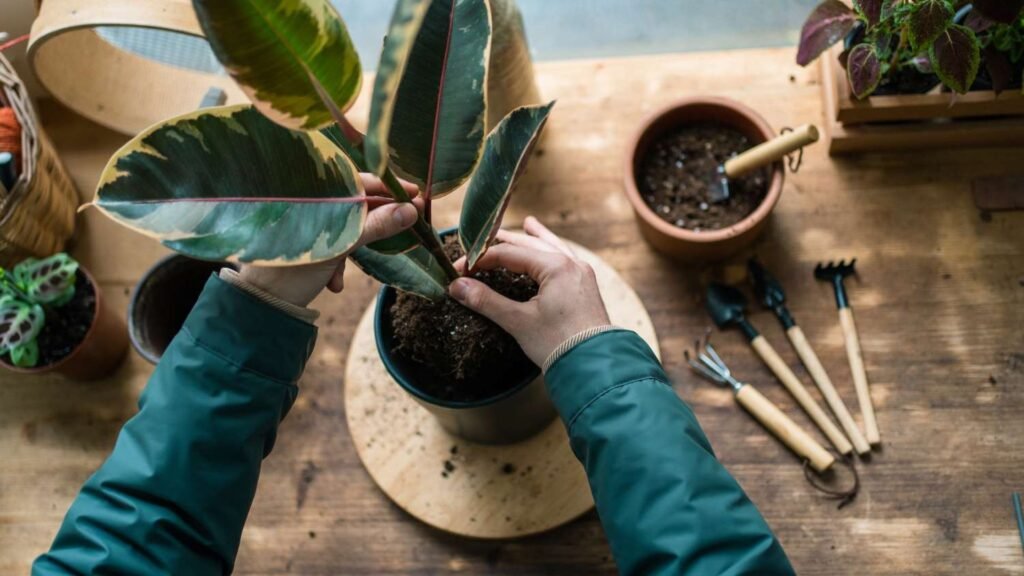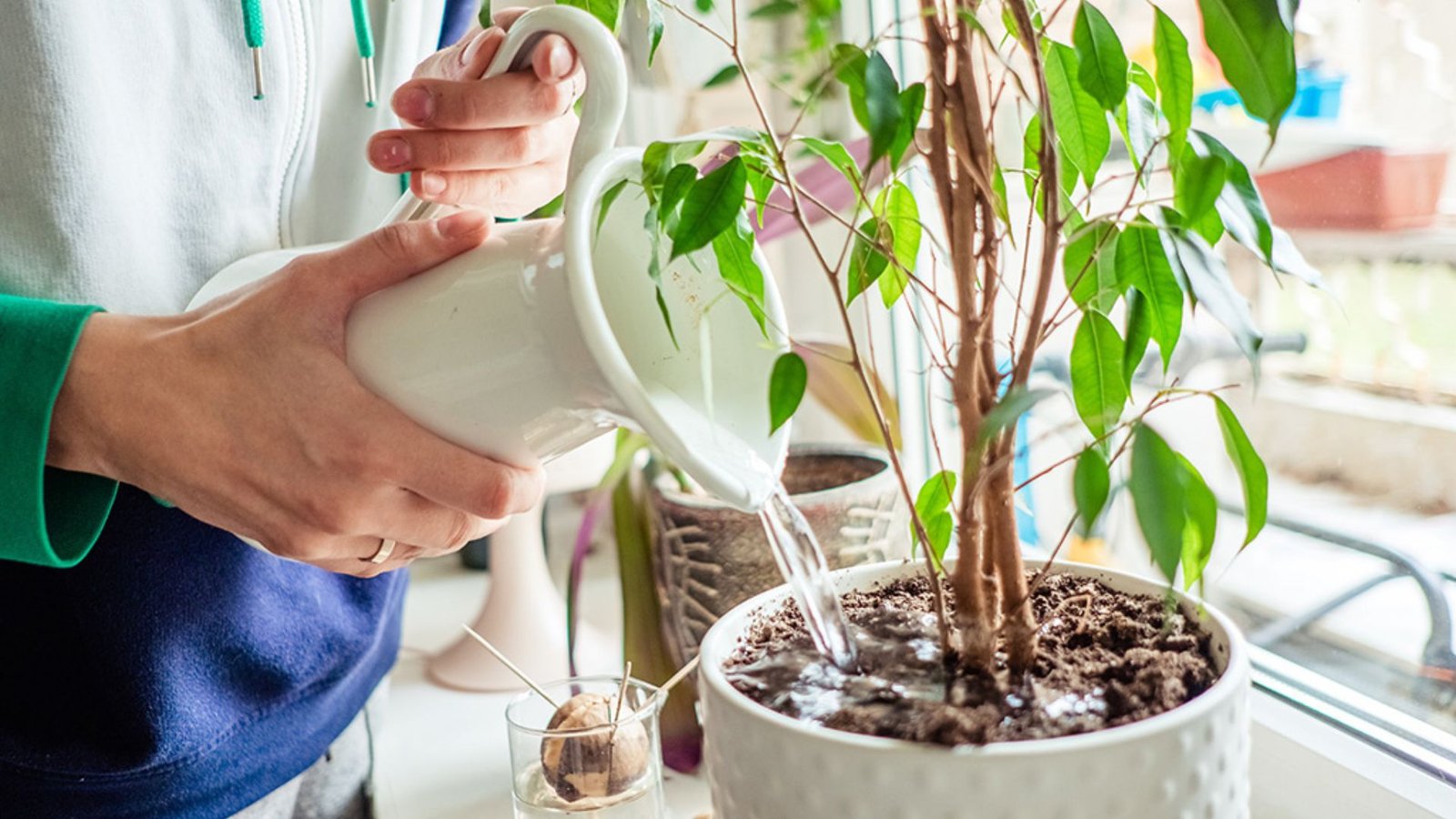Tips to Revive Struggling Plants
Reviving struggling plants can be a rewarding challenge. Whether your plants are suffering from neglect, disease, or environmental stress, knowing how to diagnose and address the issues is key to bringing them back to health. Here are some effective tips to help you revive struggling plants and restore them to their former glory.

Assess the Plant’s Environment
Check Light Conditions: Examine whether the plant is receiving the appropriate amount of light. Some plants may be struggling due to too much direct sunlight or insufficient light. Adjust its position to ensure it gets the right type of light for its needs, whether that’s bright, indirect light or low light.
Evaluate Temperature and Humidity: Ensure the plant is in an environment with suitable temperature and humidity levels. Extreme temperatures or drafts can stress plants. Most indoor plants thrive in temperatures between 60-75°F (15-24°C) and a humidity level of 40-60%.
Inspect for Pests and Diseases
Look for Pests: Check your plant for signs of pests like aphids, spider mites, or whiteflies. Look for visible insects, webbing, or discolored spots on leaves. Treat infestations with insecticidal soap, neem oil, or other appropriate remedies.
Identify Diseases: Examine the plant for symptoms of diseases such as fungal infections or bacterial spots. Yellowing leaves, mold, and unusual growths are common signs. Remove affected parts and use fungicides or bactericides if necessary.
Adjust Watering Practices
Avoid Overwatering: Overwatering is a common problem that can lead to root rot. Make sure the soil is well-draining and allow it to dry out slightly between waterings. Check if the pot has drainage holes to prevent water from accumulating at the bottom.
Adjust Watering Frequency: Assess how often you’re watering and adjust as needed. Plants may require less frequent watering during winter or when they are in a dormant phase. Use a moisture meter or stick your finger into the soil to determine if it’s time to water.
Improve Soil Quality
Check Soil Drainage: Poor soil drainage can contribute to plant stress. Ensure your plant is in well-draining soil. If the soil is compacted or retains too much moisture, consider repotting the plant with fresh, high-quality potting mix.
Repot if Necessary: If the plant has outgrown its pot or the soil is depleted of nutrients, repot it into a slightly larger container with fresh potting mix. This will provide more space for root growth and improve overall plant health.
Provide Proper Nutrition
Fertilize Wisely: Use a balanced, water-soluble fertilizer to provide essential nutrients to your plant. Follow the instructions on the fertilizer package and avoid over-fertilizing, which can lead to salt build-up and further stress the plant.
Use Organic Amendments: Incorporate organic amendments like compost or worm castings into the soil to improve its nutrient content and support healthy plant growth.
Prune and Trim
Remove Dead or Damaged Parts: Prune away dead, yellowing, or damaged leaves and stems. This helps the plant focus its energy on new, healthy growth and reduces the risk of disease spreading.
Encourage New Growth: Pinch back leggy stems and trim excessive growth to encourage a more compact and bushier plant. Regular pruning helps maintain the plant’s shape and promotes overall health.
Reevaluate Potting Conditions
Check Pot Size: Ensure the pot size is appropriate for the plant. A pot that is too small can restrict root growth, while a pot that is too large can lead to overwatering issues. Choose a pot that fits the plant’s root system comfortably.
Ensure Proper Drainage: Verify that the pot has sufficient drainage holes to allow excess water to escape. Good drainage is essential to prevent waterlogging and root rot.
Monitor and Adjust
Observe Changes: Regularly monitor the plant’s condition and observe how it responds to changes in care. Look for signs of improvement or further decline and adjust your care routine as needed.
Be Patient: Reviving struggling plants takes time. Be patient and continue providing the best care possible. With consistent attention and adjustments, your plant can recover and thrive.
Conclusion
Reviving struggling plants involves assessing their environment, inspecting for pests and diseases, adjusting watering practices, improving soil quality, providing proper nutrition, and pruning as needed. By following these tips and being attentive to your plant’s needs, you can help restore its health and vitality. Remember that patience and persistence are key in bringing your plants back to their best condition.



